 0
0

Superior Threads has gathered the top questions they have received from customers about needles for Home machines and Longarm machines. Read on to find out what Dr. Bob and Mother Superior have to share.
Q. My friend tells me that I can't use a #90/14 needle in my quilt because it will leave big holes. Is this true? I'm quilting with King Tut and want to try your needles.
A. Sounds like your friend needs some Thread Therapy. In most cases, a #90/14 needle is recommended for medium-weight quilting thread. King Tut, Rainbows, Magnifico, and Fantastico (to name a few) are all in the 40 wt. thread category and are considered medium wt. quilting threads. This means that the thread is heavy enough to be visible in a quilt. It is important to match the correct size needle with the corresponding thickness in thread. Fine thread, small needle. Medium thread, medium needle. Heavy thread, big needle. Using a too small needle with a medium thread is like trying to lace a medium shoelace through a very small eyelet. There will be too much stress and friction on the thread, which will result in excessive friction. Using a #90/14 needle with King Tut will not leave large holes in your quilt because each needle hole will be filled with King Tut.
Q. Do Batiks require special needles?
A. We asked Heather (Mother Superior) this question as she has made dozens of quilts with batiks. "I think that the actual batik fabric has softened quite a bit from when they first became available to quilters. Today's high quality batik fabric is much softer and easier to piece and quilt. I have used Topstitch needles for years. The long-life titanium-coated Superior Topstitch needles are perfect for batiks."
Q. What do all the numbers mean on a pack of longarm needles?
A. Short answer: The numbers represent needle style, point, and size designations. Long answer: We have created an easy-to-understand educational article which explains what all the numbers on a pack of Groz-Beckert longarm needles mean. Please click here to view.
Q. I noticed that all of Superior's needles are Topstitch style. Why don't you carry other styles?
A. When we were developing our needles, we asked many of the top professionals in the industry what needles styles they use for quilting, piecing, embroidery, and sewing. The majority responded with "The Topstitch Needle." Benefits of the Topstitch needle include an elongated eye, deeper and wider groove, and a light sharp (not razor sharp) point. We took the existing chrome-plated Topstitch needle and coated it with an ultra-thin layer of titanium nitride (extra hard ceramic) to make our needles Superior. They last 5-8 times longer than regular needles. We created a fun graphic which explains in detail the why our needles are sew Superior.
Q. I know that Superior sells Groz-Beckert brand needles for my longarm machine. Thank you for arranging the needles by longarm machine brand (this has been VERY helpful!). I'm wondering why the needles I buy are printed with 'SAN 11' even though I use different sizes such as 14/16/18? What does the SAN 11 mean?
A. The Groz-Beckert needles we carry (and personally use on our longarm machines) are an incredible feat of technology. SAN is an acronym for Special Application Needle. This style of needle has been developed specifically for multi-directional use. Because longarm machines move in all directions, it is important to have a needle which can handle the stress of multi-directional stitching. The SAN 11 series is exactly that. Please click here to view an article on SAN. Many brands of longarm machines use the SAN 11 style. We recommend you use the needle style indicated by your machine manufacturer.


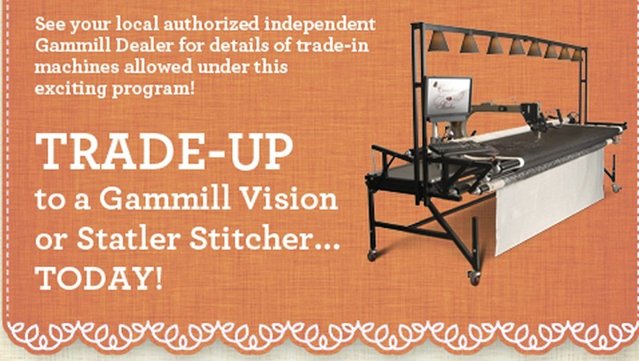
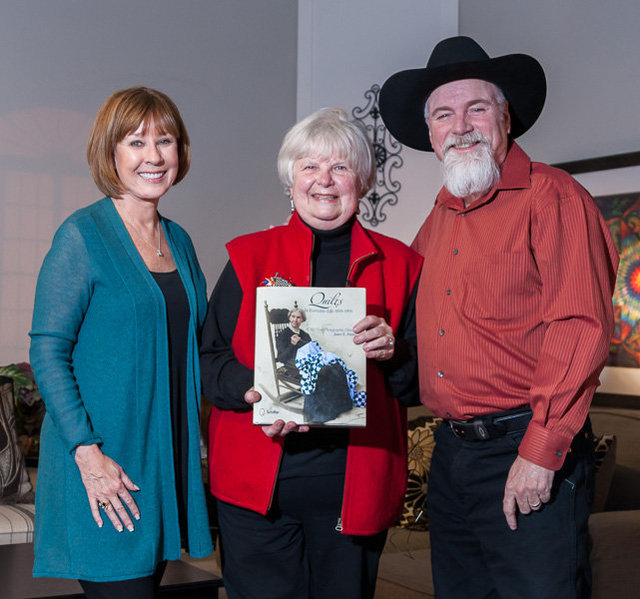
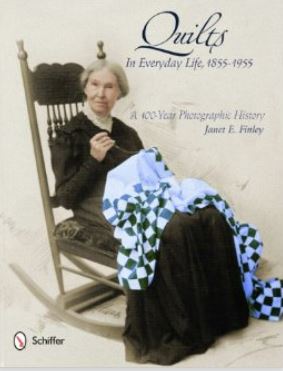

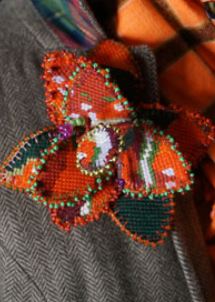
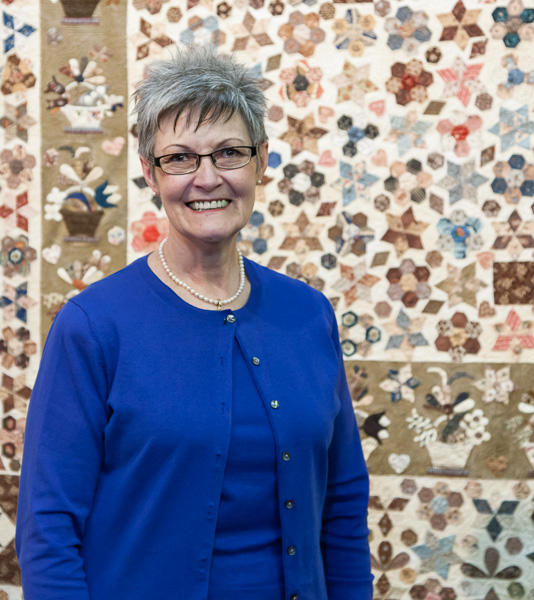
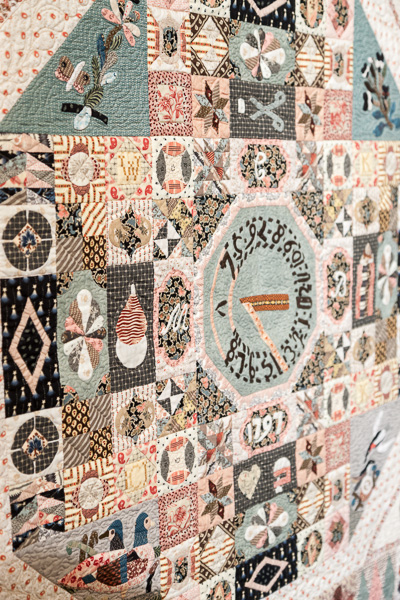

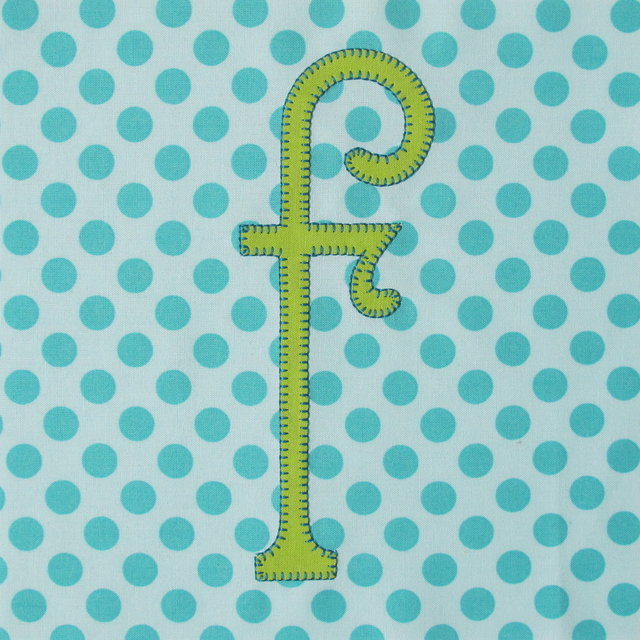
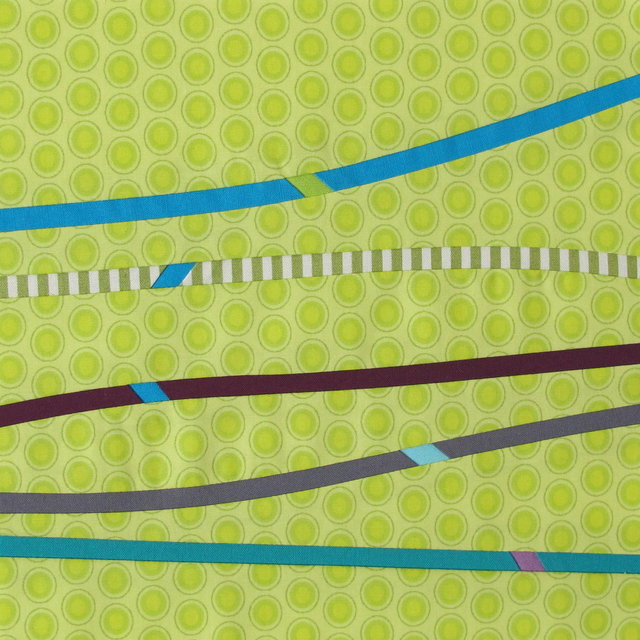

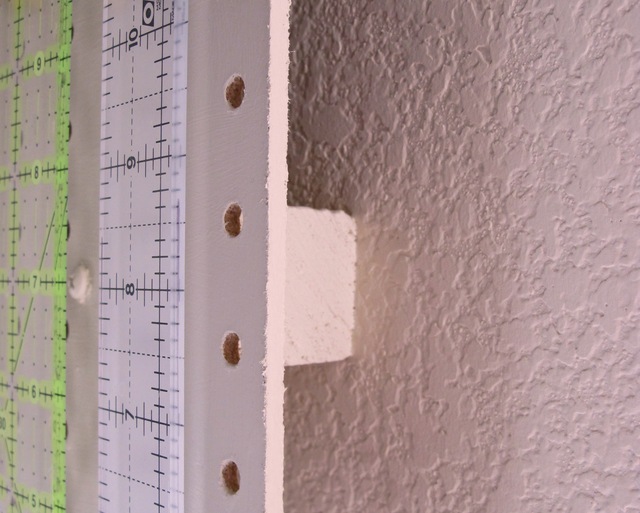
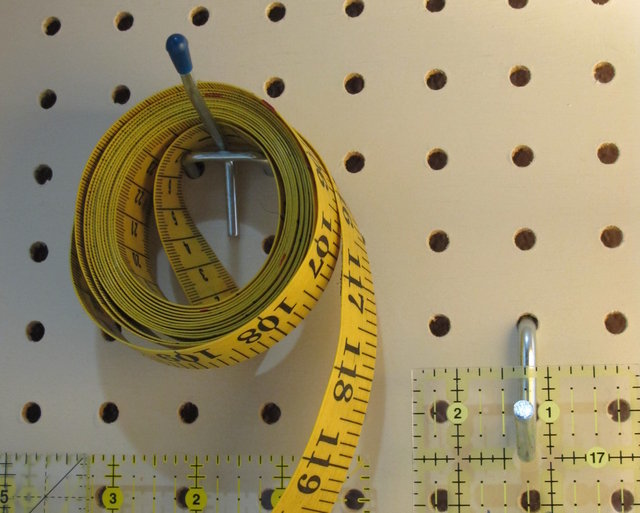
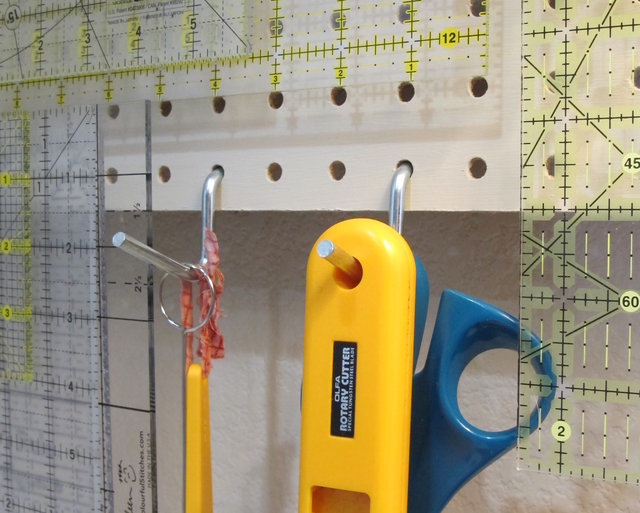
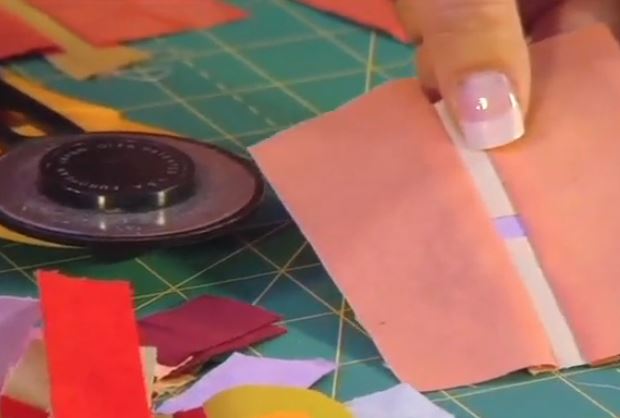
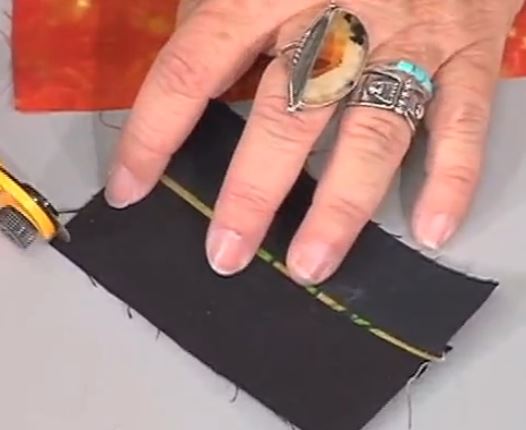
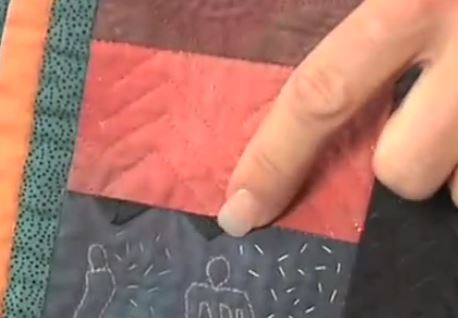
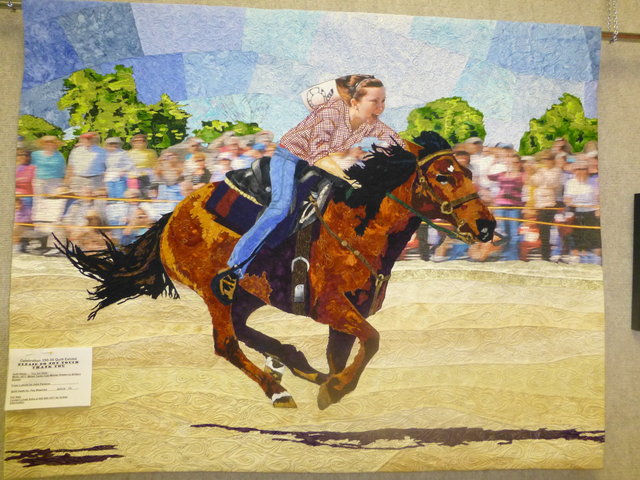
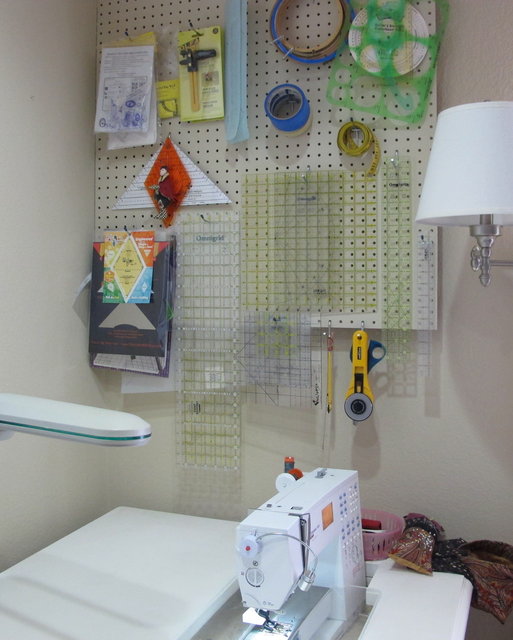
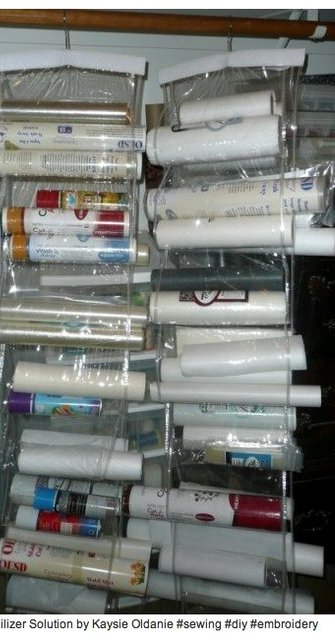


.jpg)


